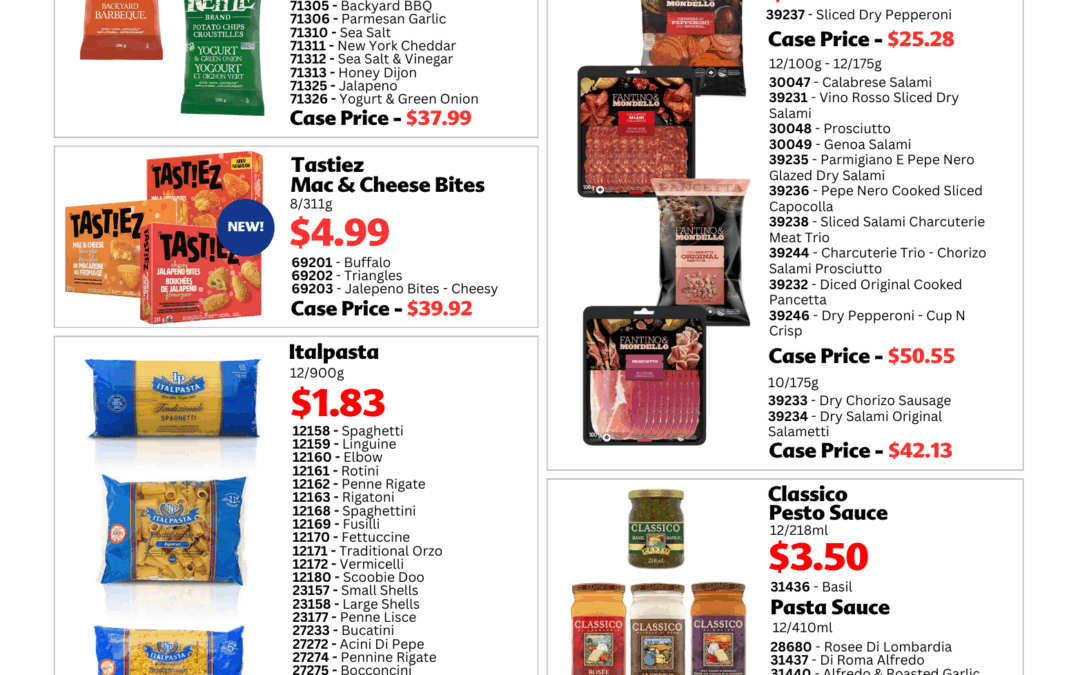

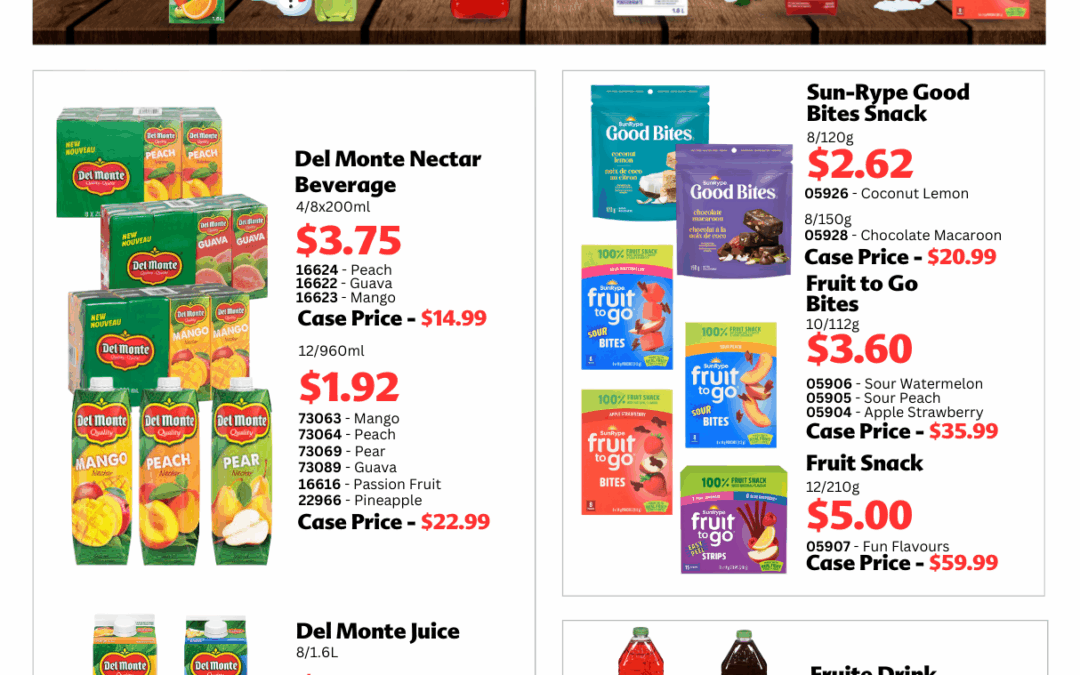
Lassonde Deals!
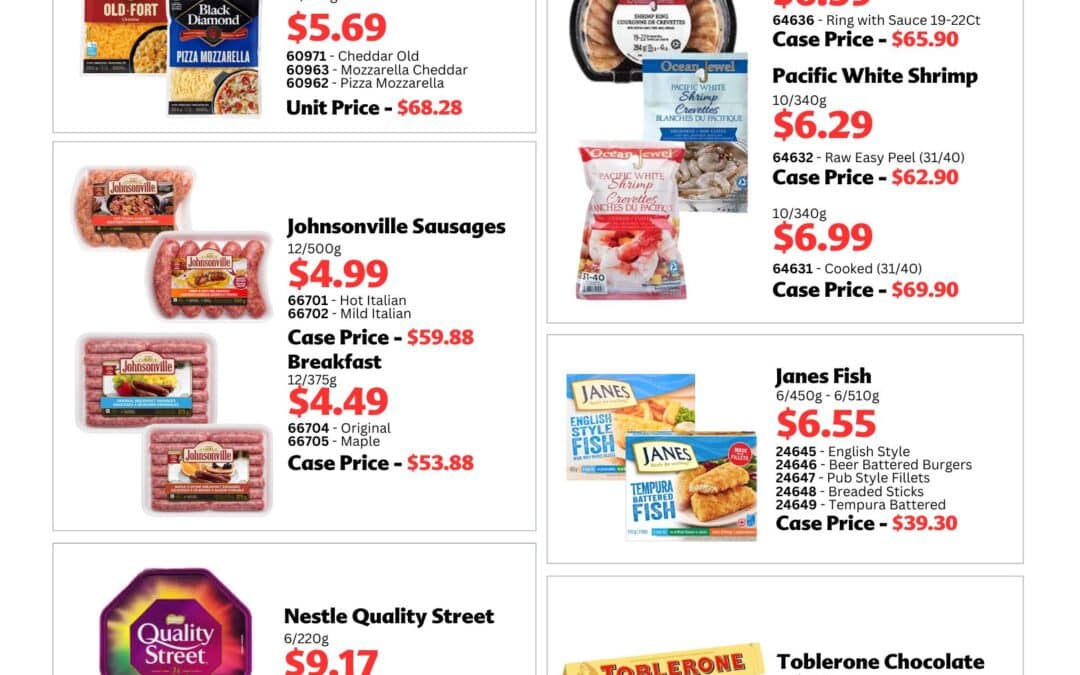
Flyer #24 – November 17 – 28, 2025

CJR Wholesale Wraps Up a Strong Showing at Grocery Innovations Canada 2025
Spotlight on Five High-Performing Partner Brands Driving Growth in the Canadian Retail Market Toronto, ON, November 4, 2025 — CJR Wholesale, a recognized leader in grocery distribution and retail innovation, concluded a successful showcase at Grocery Innovations...
Flyer #23: November 3rd – 14th, 2025
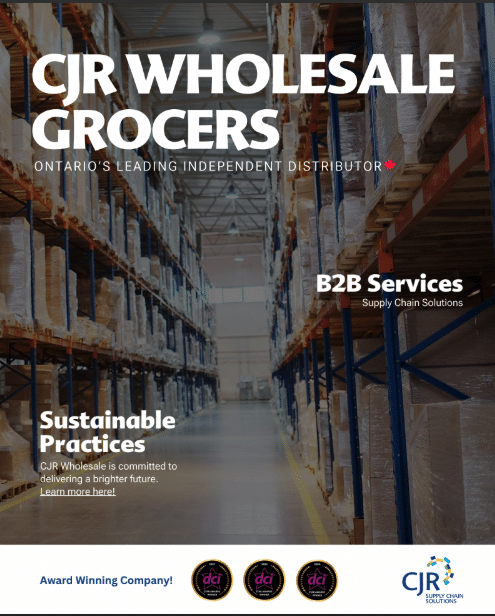
Supply Chain Solutions. B2B Services.
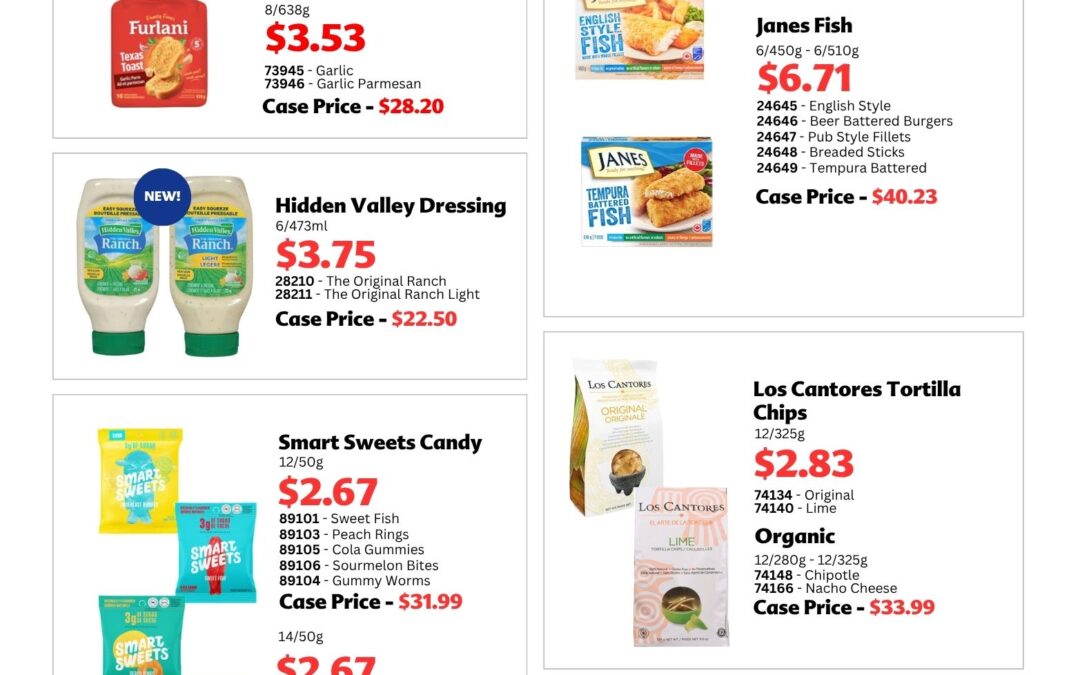
Flyer #22 – October 20 – October 31, 2025
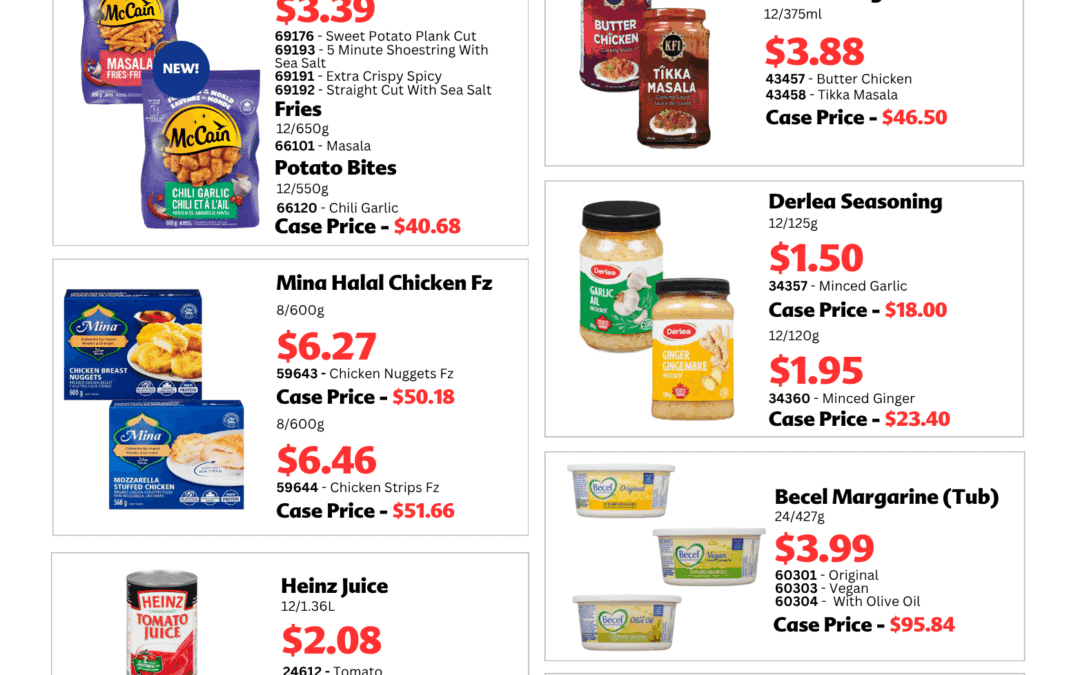
Flyer #21 | October 7th – 17th, 2025

Flyer #20 – September 22 – Oct 03, 2025
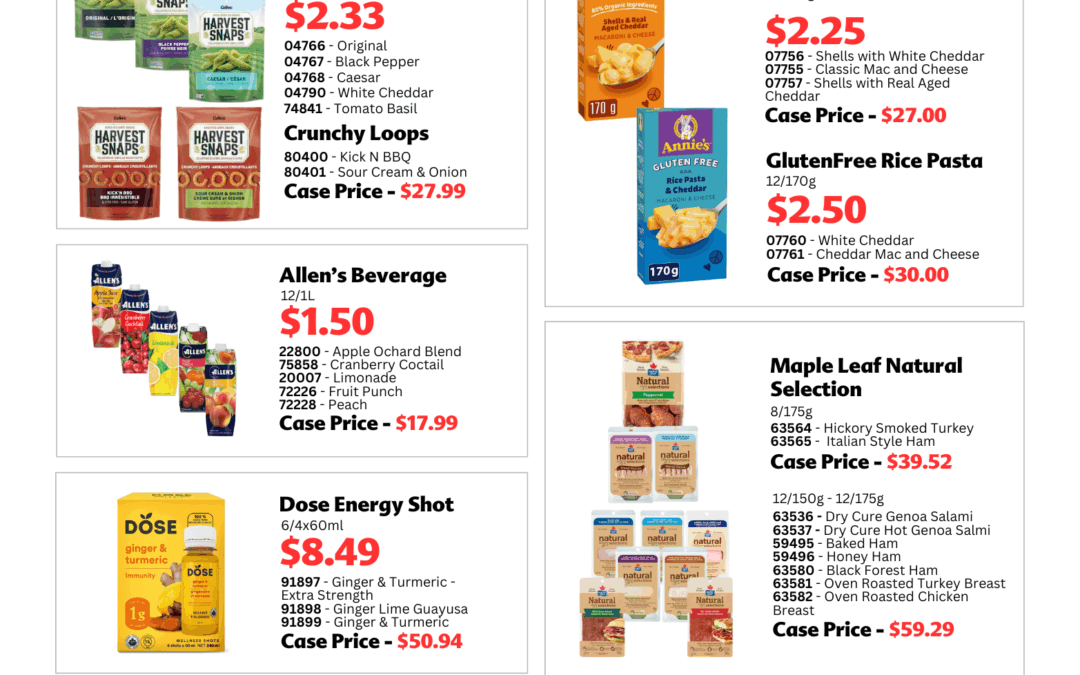
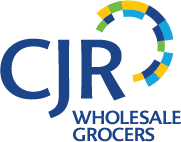

Recent Comments